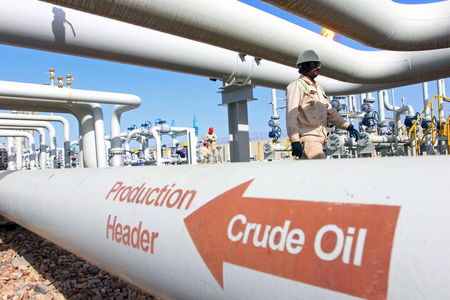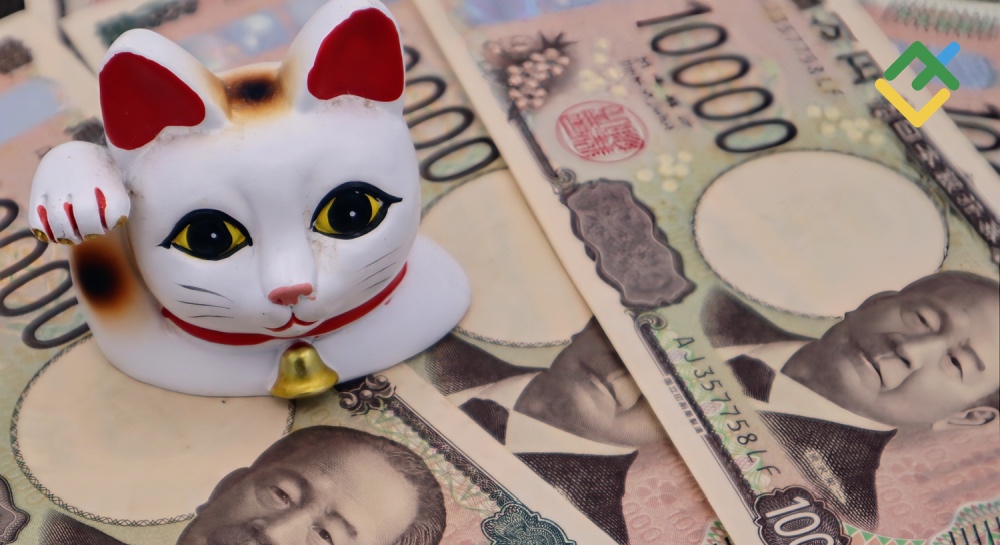
Investing.com — Oil prices fell sharply Tuesday as concerns about demand growth in China, the world’s largest crude importer, and fears about potentially supply surplus continued to weigh on sentiment just ahead of fresh U.S. crude inventory data.
At 14:30 ET (18:30 GMT), Brent oil futures fell 1.2% to $78.80 a barrel, while West Texas Intermediate crude futures dropped 1.4% to $74.74 a barrel.
Weak Chinese data weighs
A raft of disappointing economic news from China has weighed heavily on commodity prices, particularly after the country’s GDP data disappointed earlier this month.
The Politburo, a top decision-making body of the ruling Communist Party, pledged at the end of its July meeting to pursue a “proactive” fiscal policy, suggesting more stimulus ahead in order to boost the country’s struggling economy.
“We believe recent liquidation is being driven by macro and algorithmic flows as demand from China, the world’s largest crude importer, posted its slowest economic growth in five quarters,” Macquarie said in a Tuesday note.
Israel strikes Beirut
The risk premium in crude prices was revived somewhat after Israel said its military launched a “targeted strike” against Hezbollah commander in retaliation for a rocket strike that killed 12 in Israel-occupied Golan Heights.
The strike comes just days after Prime Minister Benjamin Netanyahu warned of a “harsh” response to the attack.
While the prospect of an all-out war in the Middle East does present some supply risks for crude, there has been so far little disruptions in oil production in the region, even with the Israel-Hamas war reaching its ninth month.
OPEC meeting, US inventories due
Caution before a meeting of the Organization of Petroleum Exporting Countries due Thursday also weighed on sentiment even as many expect that the cartel to downplay any plans for scaling back production cuts.
There could also be some support from the latest U.S. inventory reports due this week, which are expected to show lower crude and fuel stocks.
“Despite the recent pullback, it would not surprise us if prices find support from summer draws through the end of August before beginning a multimonth pullback due to large 4Q24 surpluses,” Macquarie added.
This post is originally published on INVESTING.



